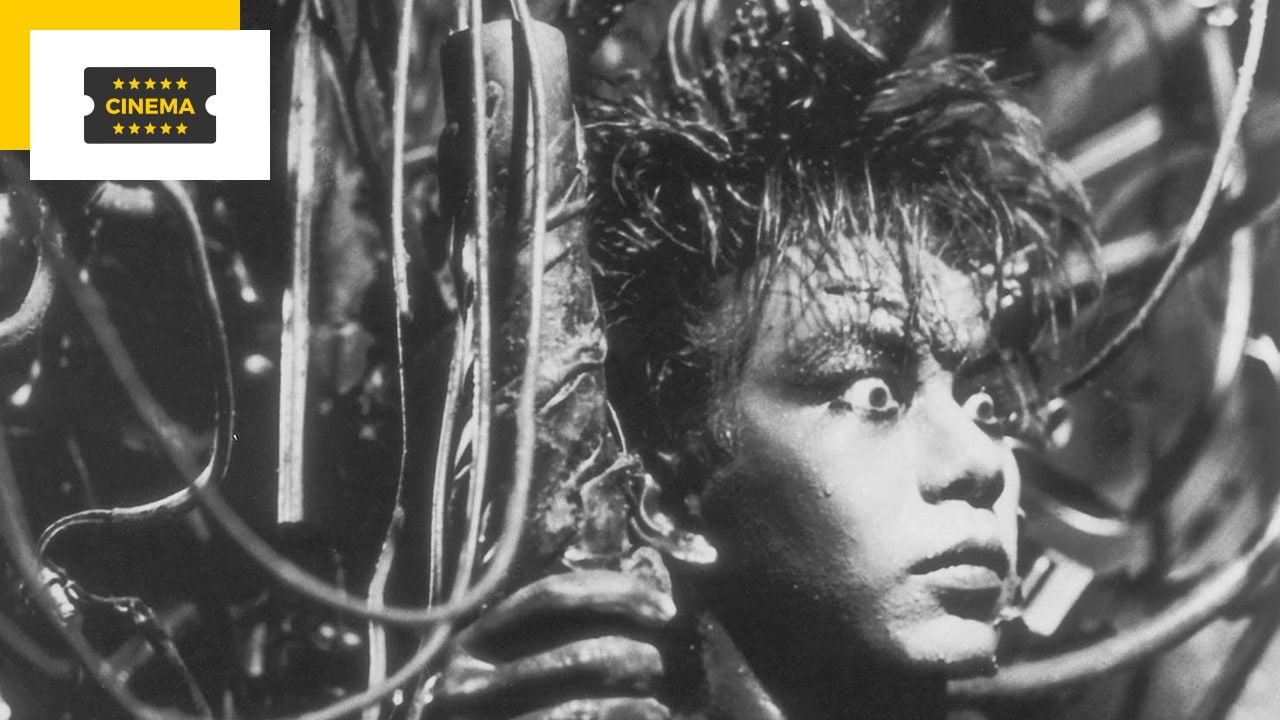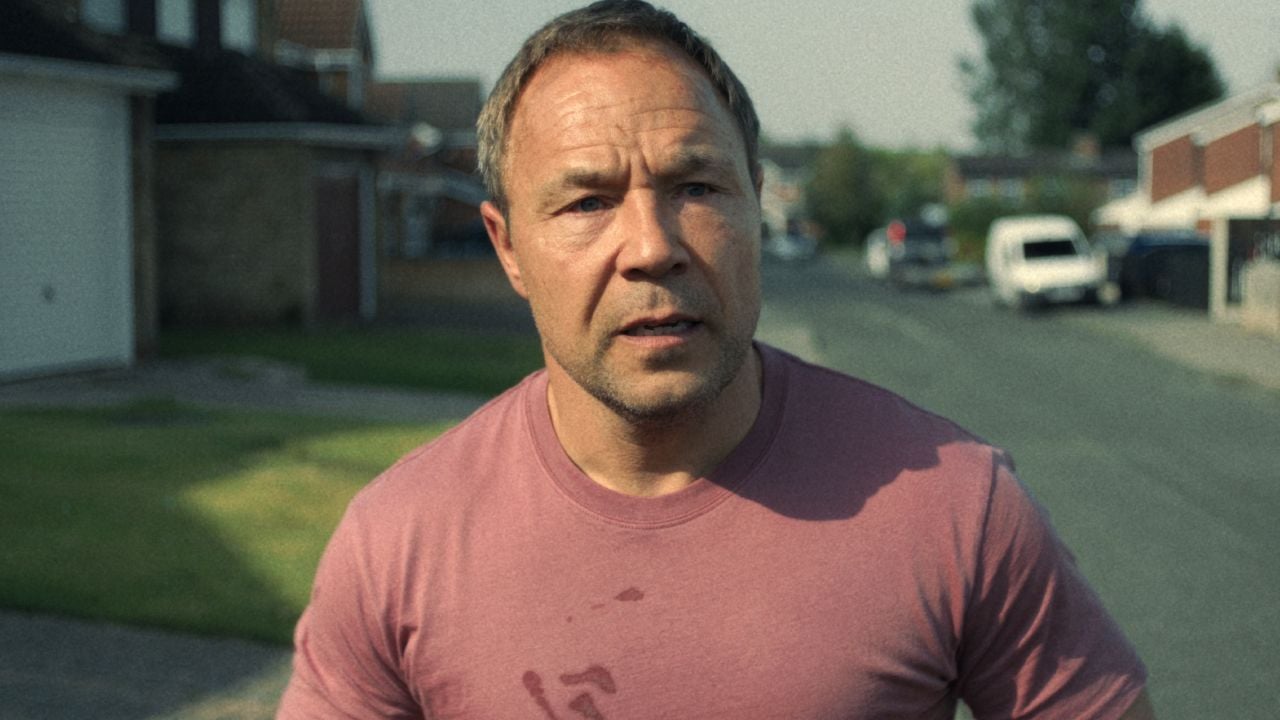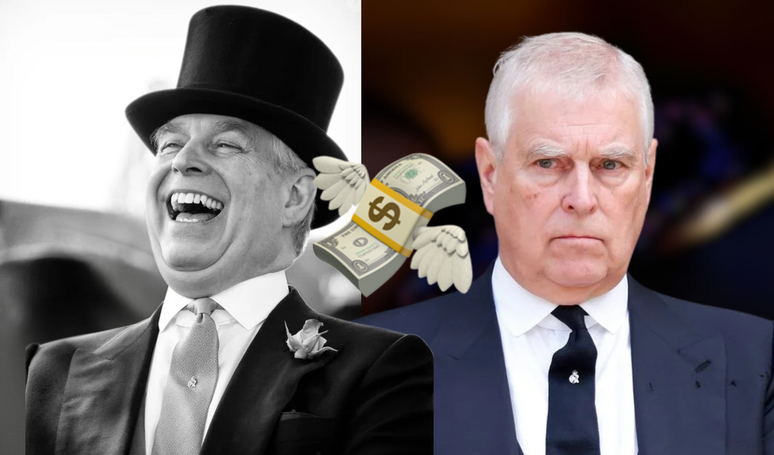Prepare for a cinematic experience both disturbing and caustic with the re-release of Tetsuo, directed by Shina Tsukamoto in 1989.
If his name means nothing to you, his face certainly does. Considered the leader of the cyberpunk movement in the Land of the Rising Sun, the filmmaker is also an actor.
The general public could see him in Silence, Martin Scorsese’s masterpiece set in 17th century Japan. He used to play village mokichi.
Since the late 1980s, Shina Tsukamoto has become a master of the art of Japanese transgressive cinema, offering radical feature films such as Tokyo Fist, Bullet Ballet and Tetsuo’s first two opuses.
In the first episode, Tsukamoto introduces us to a man inserting a metal rod into his thigh. The wound quickly becomes infected. Frightened, he ran away and crashed into a car.
After removing the body, the driver notices a piece of metal in his cheek. Since then, his body becomes a magnet that attracts all the metal waste of the city to him.
A broken and radical work
Banned for children under 16, Tetsuo was entirely self-funded by Shina Tsukamoto. The artist traveled with a reduced team for a year and a half. Although the film is only 1 hour and 7 minutes long, it manages to explode the codes of Japanese cinema, being part of the cyberpunk movement also represented by the animated film Akira (1988).
Directed by David Cronenberg in accordance with Videodrome, Shina Tsukamoto explores the theme of metamorphosis as well as drawing inspiration from David Lynch’s strange and surreal aesthetic.
“I want the audience to immerse themselves in my films and feel that they are between life and death”claims the filmmaker, who does not make any concessions to the audience and explores the shortcomings of the human soul like no one else.
The director takes us to this anxiety-inducing city, drowning us in the harsh urban space, the man gradually becomes a machine. The latter will be the sacred creation of an alienated Japanese society, searching for the meaning of life in the heart of suffering.
Watching Tetsuo, a truly hypnotic and sensory experience, will not leave anyone indifferent. With its special, disturbing aesthetics, Tsukamoto’s work challenges us, surprises us, takes us out of our comfort zone to better feel this explosive mix between organic and metallic materials.
violence and suffering
Between graphic violence and shocking images, the director spares us nothing. He uses his camera as the ultimate tool to point the finger at Japanese society for all its contradictions, especially the consumerist society’s ill-treatment of the population.
Shina Tsukamoto would give Tetsuo a sequel in 1992, freeing himself from the experimental side of the first opus to offer an even more visceral work. The filmmaker will go even further in exploring the theme of the man-machine crushed by society.
These two films are currently available in theaters in restored 4K versions thanks to Carlotta Films. In addition, Bullet Ballet (1995) and Tokyo Fist (1998) are also coming to the big screen in restored versions, they are all restricted to children under 16.
Note that Tsukamoto would produce Tetsuo Part 3 in 2009: The Bullet Man. From Quentin Tarantino to Darren Aronofsky to Gaspar Noé, Shina Tsukamoto’s radicalism has influenced many Western filmmakers. Obsessed with Tetsuo, Tarantino will try to create a remake called Flying Tetsuo. Unfortunately, the project will never see the light of day.
Source: Allocine
Rose James is a Gossipify movie and series reviewer known for her in-depth analysis and unique perspective on the latest releases. With a background in film studies, she provides engaging and informative reviews, and keeps readers up to date with industry trends and emerging talents.







